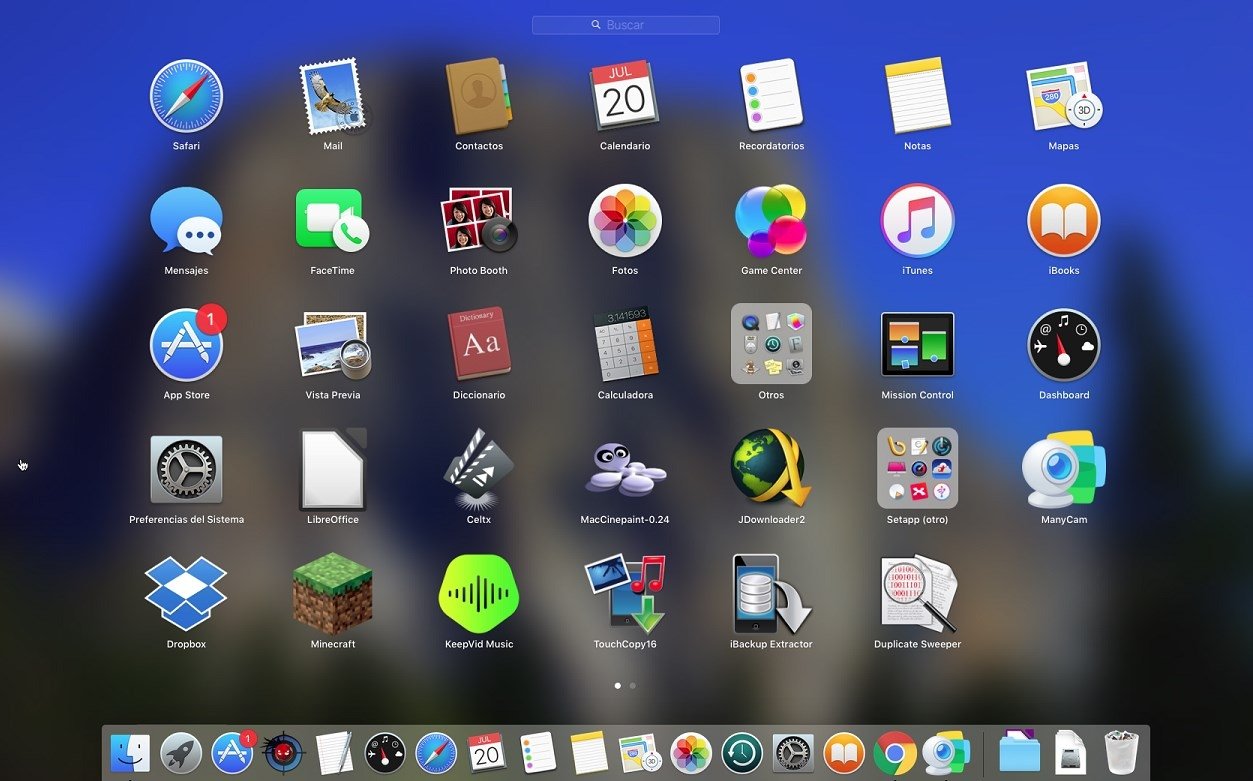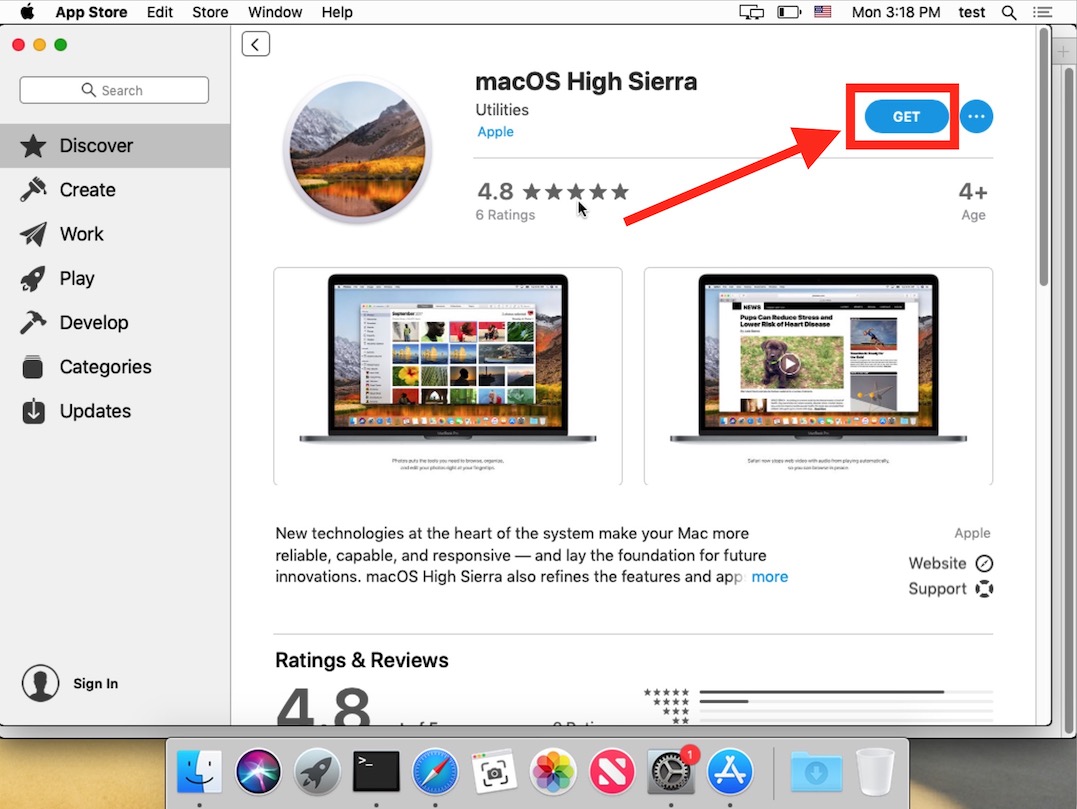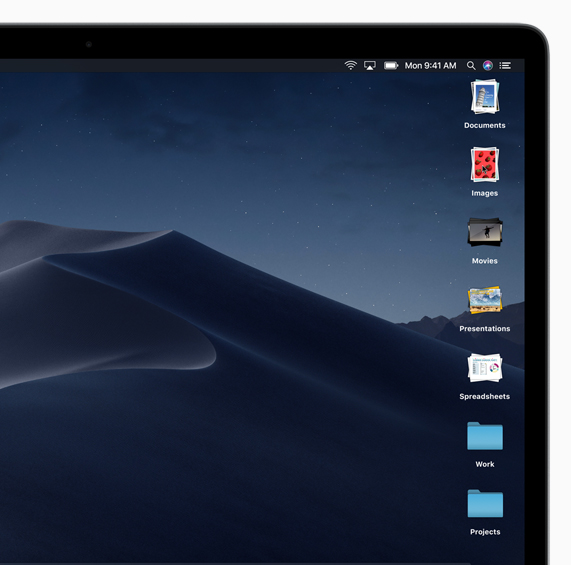
If you happen to have access to a Mac that's running an older version of macOS, log into the Mac App Store with your password and download the Mojave installer on that Mac. Global Nav Open Menu Global Nav Close Menu; Apple; Shopping Bag +.

Download macOS Mojave 10.14 free latest offline DMG image setup. The Mac OS X Mojave 10.14 is the latest 2018 Mac OS release providing a wide range of powerful features and enhancements.
macOS Mojave 10.14 Review
macOS is constantly enhancing, the latest release Mojave 10.14 provides numerous powerful features and enhancements that delivers ultimate control over the apps. Dark mode comes with the possibility to easily focus as well as provides automatic organizing of the Stacks. Make small screenshots with minimum efforts.
Featuring eye-catching user interface, different colors, toolbars, background menus and special effects enhances the visual look and feel of the OS. The dynamic desktop allows customizing the desktop image. FaceTime improves the conversations and provides reliable conversations. Improved performance and a variety of other powerful features make it a stable operating system.
Features of macOS Mojave 10.14
- Powerful and a stable operating system
- Provides a wide range of enhancements
- The Dark Mode to provide better visuals
- Organizing files in the stacks and make screenshots
- An eye-catching environment with appealing look and feel
- Supports all the Mac OS applications and 3rd Party programs
- New Dynamic System to change the desktop images
- Manage files using the stack and quick view to the file
- Rotate and cut images as well as edit media files
- Different screen options and a lot more to explore
- Enhanced FaceTime and much more
Technical Details of macOS Mojave 10.14
- File Name: macOS.Mojave.v10.14.18A391.Mac.App.Store.dmg
- File Size: 5.6 GB
- Developer: Apple
System Requirements for macOS Mojave 10.14
- 16 GB free HDD
- 4 GB RAM
- Intel Multi-Core Processor
macOS Mojave 10.14 Free Download
Download Mojave 10.14 latest offline DMG image installer by clicking the below button. You can also download MacOS High Sierra v10.13.6.
Updates
Important Notes:
- Using APFS is REQUIRED in Mojave in order to receive system updates via the normal Software Update method. If you choose to continue using macOS Extended (Journaled) as your filesystem type, you will NOT receive System Updates via System Preferences. If you are not using APFS, you can follow the 10.14.1 installation steps below.
- After applying ANY system update via Software Update, re-applying post-install patches using your Mojave Patcher installer volume will most likely be necessary. If you install a software update and the system fails to boot afterwards, this is what needs to be done.
10.14.6
10.14.6 can be updated normally via Software Update if using an APFS volume, and will need to be patched using an installer volume created with Mojave Patcher version 1.3.2 or later after installing.
Mac Os Mojave
10.14.5Beamng drive android. 10.14.5 can be updated normally via Software Update if using an APFS volume, and will need to be patched using an installer volume created with Mojave Patcher version 1.3.1 or later after installing.
10.14.4
10.14.4 adds new changes that ARE NOT patchable by the post-install tool of Mojave Patcher v1.2.3 and older! Before updating to 10.14.4, you you will need to use the latest Mojave Patcher version to create a new installer volume, using the 10.14.4 installer app. Then, update to 10.14.4, either by installing via Software Update, or by just using the installer volume you've created to install.
10.14.3
If you are currently running 10.14.1 or 10.14.2, you can simply use the Software Update pane of System Preferences (if using APFS) to apply the 10.14.3 update. Once the update is installed, you will most likely need to re-apply post-install patches to get the system to boot again. This process is detailed in steps 8 - 10 above. If you are currently running 10.14.0, you'll need to proceed with the 10.14.1 update method described below.
10.14.2

If you happen to have access to a Mac that's running an older version of macOS, log into the Mac App Store with your password and download the Mojave installer on that Mac. Global Nav Open Menu Global Nav Close Menu; Apple; Shopping Bag +.
Download macOS Mojave 10.14 free latest offline DMG image setup. The Mac OS X Mojave 10.14 is the latest 2018 Mac OS release providing a wide range of powerful features and enhancements.
macOS Mojave 10.14 Review
macOS is constantly enhancing, the latest release Mojave 10.14 provides numerous powerful features and enhancements that delivers ultimate control over the apps. Dark mode comes with the possibility to easily focus as well as provides automatic organizing of the Stacks. Make small screenshots with minimum efforts.
Featuring eye-catching user interface, different colors, toolbars, background menus and special effects enhances the visual look and feel of the OS. The dynamic desktop allows customizing the desktop image. FaceTime improves the conversations and provides reliable conversations. Improved performance and a variety of other powerful features make it a stable operating system.
Features of macOS Mojave 10.14
- Powerful and a stable operating system
- Provides a wide range of enhancements
- The Dark Mode to provide better visuals
- Organizing files in the stacks and make screenshots
- An eye-catching environment with appealing look and feel
- Supports all the Mac OS applications and 3rd Party programs
- New Dynamic System to change the desktop images
- Manage files using the stack and quick view to the file
- Rotate and cut images as well as edit media files
- Different screen options and a lot more to explore
- Enhanced FaceTime and much more
Technical Details of macOS Mojave 10.14
- File Name: macOS.Mojave.v10.14.18A391.Mac.App.Store.dmg
- File Size: 5.6 GB
- Developer: Apple
System Requirements for macOS Mojave 10.14
- 16 GB free HDD
- 4 GB RAM
- Intel Multi-Core Processor
macOS Mojave 10.14 Free Download
Download Mojave 10.14 latest offline DMG image installer by clicking the below button. You can also download MacOS High Sierra v10.13.6.
UpdatesImportant Notes:
- Using APFS is REQUIRED in Mojave in order to receive system updates via the normal Software Update method. If you choose to continue using macOS Extended (Journaled) as your filesystem type, you will NOT receive System Updates via System Preferences. If you are not using APFS, you can follow the 10.14.1 installation steps below.
- After applying ANY system update via Software Update, re-applying post-install patches using your Mojave Patcher installer volume will most likely be necessary. If you install a software update and the system fails to boot afterwards, this is what needs to be done.
10.14.6
10.14.6 can be updated normally via Software Update if using an APFS volume, and will need to be patched using an installer volume created with Mojave Patcher version 1.3.2 or later after installing.
Mac Os Mojave
10.14.5Beamng drive android. 10.14.5 can be updated normally via Software Update if using an APFS volume, and will need to be patched using an installer volume created with Mojave Patcher version 1.3.1 or later after installing.
10.14.4
10.14.4 adds new changes that ARE NOT patchable by the post-install tool of Mojave Patcher v1.2.3 and older! Before updating to 10.14.4, you you will need to use the latest Mojave Patcher version to create a new installer volume, using the 10.14.4 installer app. Then, update to 10.14.4, either by installing via Software Update, or by just using the installer volume you've created to install.
10.14.3
If you are currently running 10.14.1 or 10.14.2, you can simply use the Software Update pane of System Preferences (if using APFS) to apply the 10.14.3 update. Once the update is installed, you will most likely need to re-apply post-install patches to get the system to boot again. This process is detailed in steps 8 - 10 above. If you are currently running 10.14.0, you'll need to proceed with the 10.14.1 update method described below.
10.14.2
If you are currently running 10.14.1, you can simply use the Software Update pane of System Preferences (if using APFS) to apply the 10.14.2 update. Once the update is installed, you will most likely need to re-apply post-install patches to get the system to boot again. This process is detailed in steps 8 - 10 above. If you are currently running 10.14.0, or are using a non-AFPS volume, you'll need to proceed with the 10.14.1 update method described below.
10.14.1/macOS Extended (Journaled) volumes
The Mojave 10.14.1 update does NOT install properly on unsupported machines, and could result in an unbootable OS. If you want to install the 10.14.1 update (and are not currently running 10.14.1), perform the following steps:
• Download the latest version of Mojave Patcher
• Download the installer using the Tools menu of Mojave Patcher
• Create a patched USB installer
• Boot from that, and install 10.14.1 onto the volume containing an older release.
• Once done, apply the post-install patches, and you should now be on 10.14.1.
